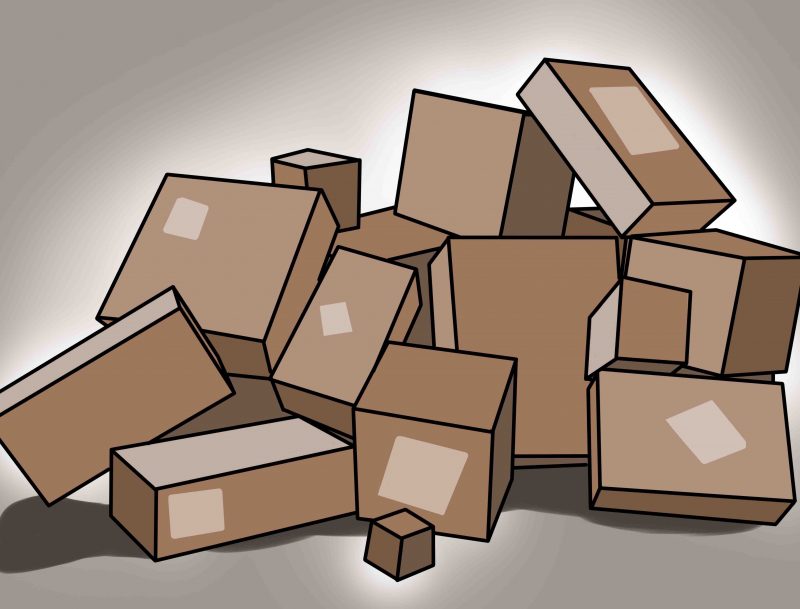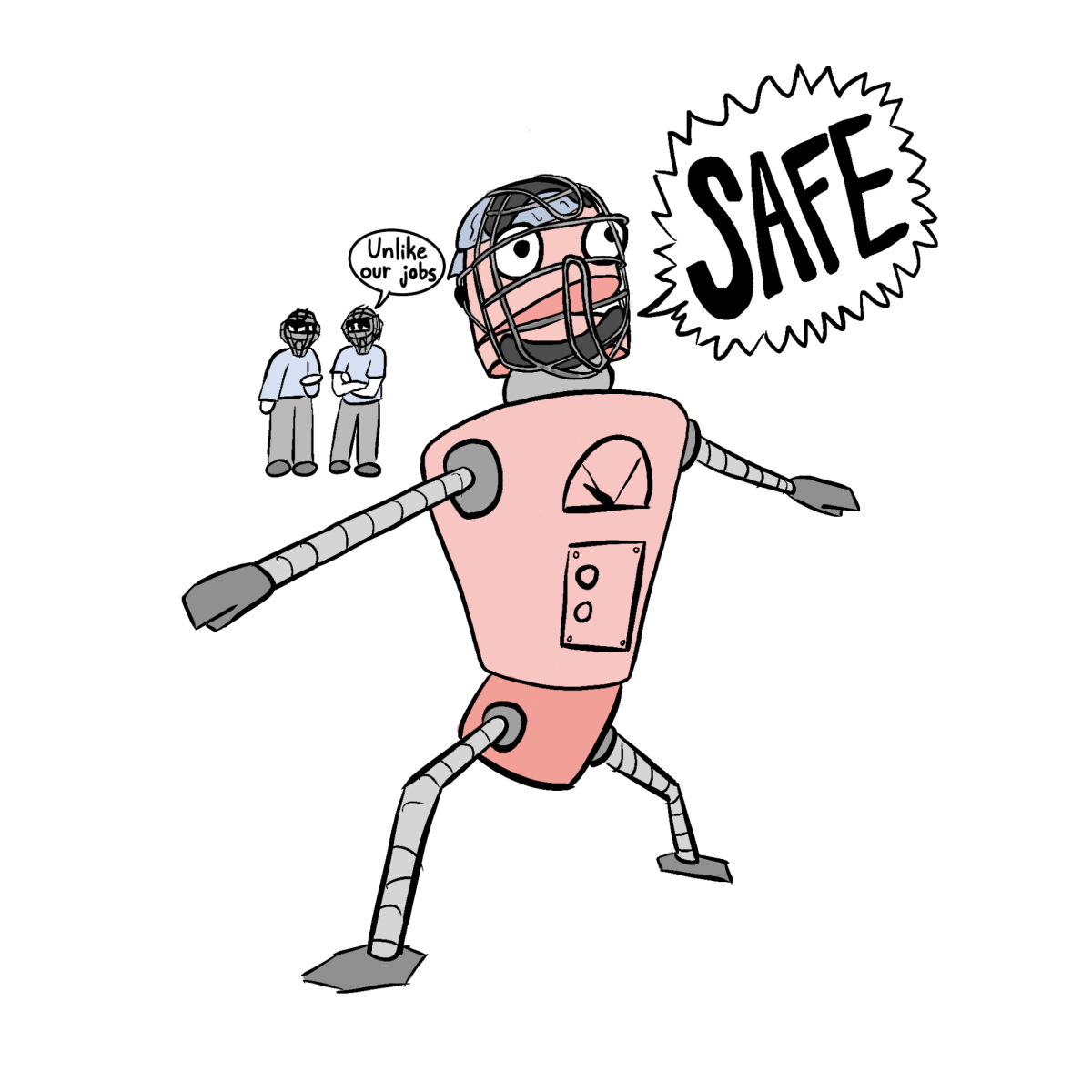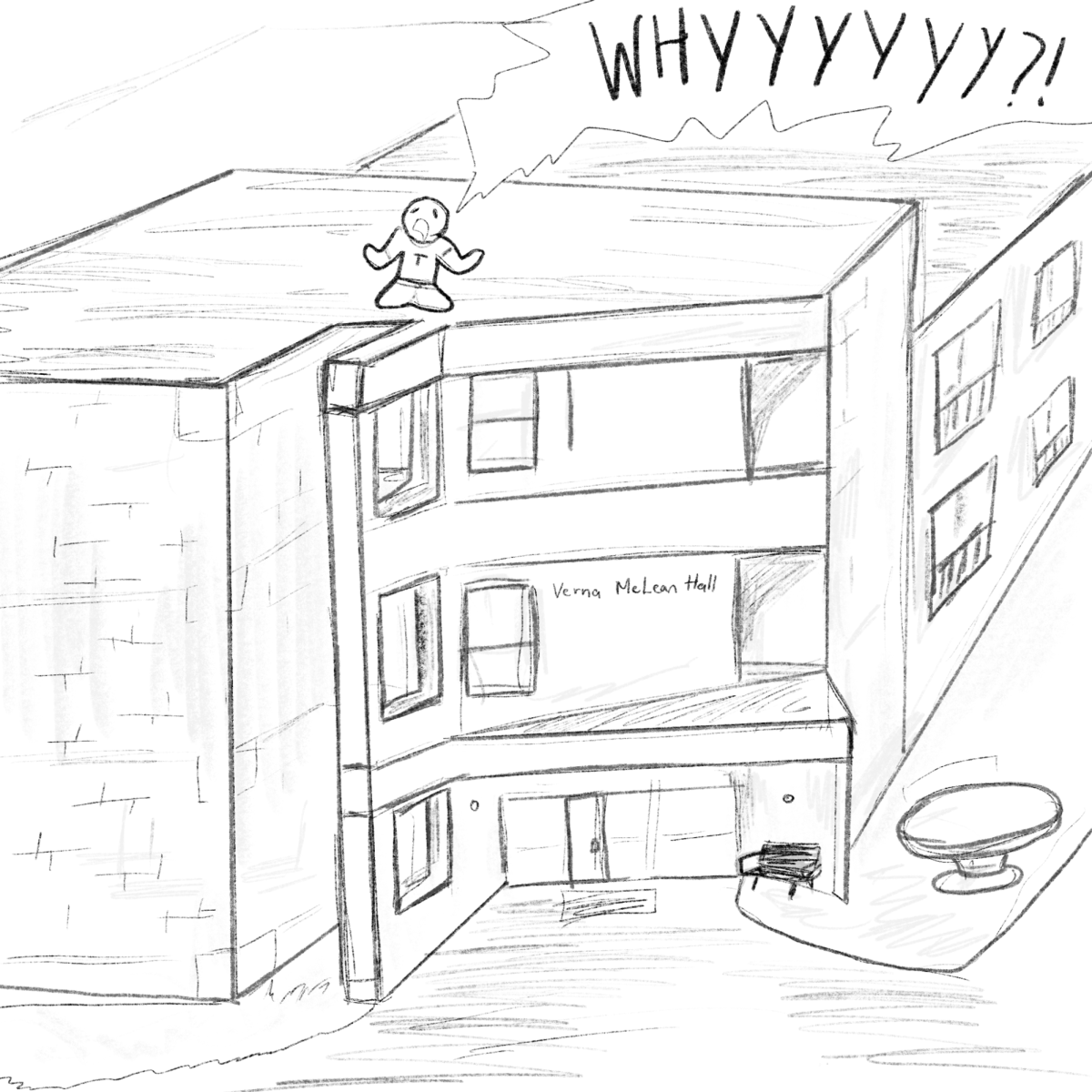For the duration of our time here at Trinity, we live on campus about nine months out of the year, making it as much a home as merely a place to live. Last week, Trinity students had to experience what it was like when that home was shut down, when on Tuesday, Jan. 15, all facilities were closed with the exception of Mabee Dining Hall.
Of course, this immediately followed the three day weekend designated for the celebration of Martin Luther King Jr. Day. The total of four days off in a row may have come as a pleasant surprise to most students, unless you were expecting a package.
I myself was waiting on the arrival of a textbook that I had ordered on the previous Wednesday, the day it was assigned to me, in order to complete homework due the following Wednesday. To my dismay, Amazon didn’t notify me until Saturday that my package had been delivered.
We all know that feeling of constant anticipation mixed with utter helplessness during the abyssal period of time between the delivery of our package, and that coveted email from the package center notifying us that it is ready to be picked up. On Saturday, I knew that I couldn’t possibly get my textbook until Tuesday at the earliest, and that my homework was now in the hands of the mail center employees.
While my homework would be due the very next day, I had the confidence in my experience with beating many a deadline in shorter periods of time. Then classes were canceled Tuesday. I did what anyone would do in my situation: I mourned my homework and denounced the package center for turning an originally two-day delivery into a week-long ordeal. I wanted answers.
Last Friday, at 5 p.m., I went to the package center and met with three full-time package center employees: Ken Allen, Diana Hernandez and Carl Jeffery, the manager. The first astonishing thing I learned was that these employees were three out of only four total that worked in the package center full-time.
Carl explained the four main steps a package goes through from arriving at the package center to when it is picked up by the student.
“We first have to red mark each package by last name,” Carl said. “Then, we actually scan in the packages, a third person actually puts the package on the shelf, then someone comes by the window and tries to pick up the package.”
Marking, scanning and shelving every package before finding it again to hand over to its owner when they come to pick it up, falls upon the shoulders of just four individuals. By this time my accusatory disposition had been replaced by respect for these workers, and a twinge of guilt for my presumptuous arrogance.
Ken told me about the specifics of their first day back at work on Wednesday, which was overwhelming to say the least — UPS had dropped off 300 packages. UPS is just one carrier that delivers packages to campus, along with FedEx, DHL and the mother of all delivery enterprises: Amazon.
Carl was kind enough to look up the exact numbers for me. “Just yesterday was 718,” he told me after a scrolling through every package delivered on Thursday, Jan. 18. In combination with roughly the same number of packages delivered Wednesday, Ken noted, “That’s 1,400 packages in two days, and there’s only four of us.”
While these numbers may seem inconceivable to process, they are not at all uncommon. According to data from the Pew Research Center, people aged 18–29 are the most likely out of any age group to shop online, and $350 billion dollars are spent online every year.
I interviewed the package center workers at 5 p.m. on a Friday, closing time on the weekend. Still, they took the time to carefully explain to me the intricate workings of the package center. In retrospect, my experience was the result of a perfect storm — a three-day weekend extended by an unexpected campus closing during an incredible influx of packages, unlikely to ever happen again.
If it’s urgent, then order immediately, hopefully earlier in the week, and be mindful of the hours of the package center. The next time you are annoyed at waiting that extra day for your package, remember that the package center is not a facility filled with workers who could be doing their jobs faster. It is Carl, Ken and Diana working tirelessly to get students their orders, regardless of what unnecessary thing we ordered off of Amazon this time.







